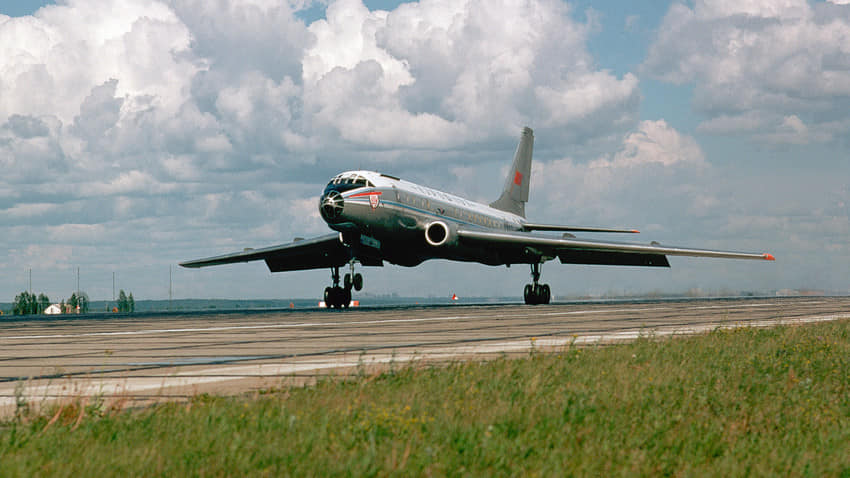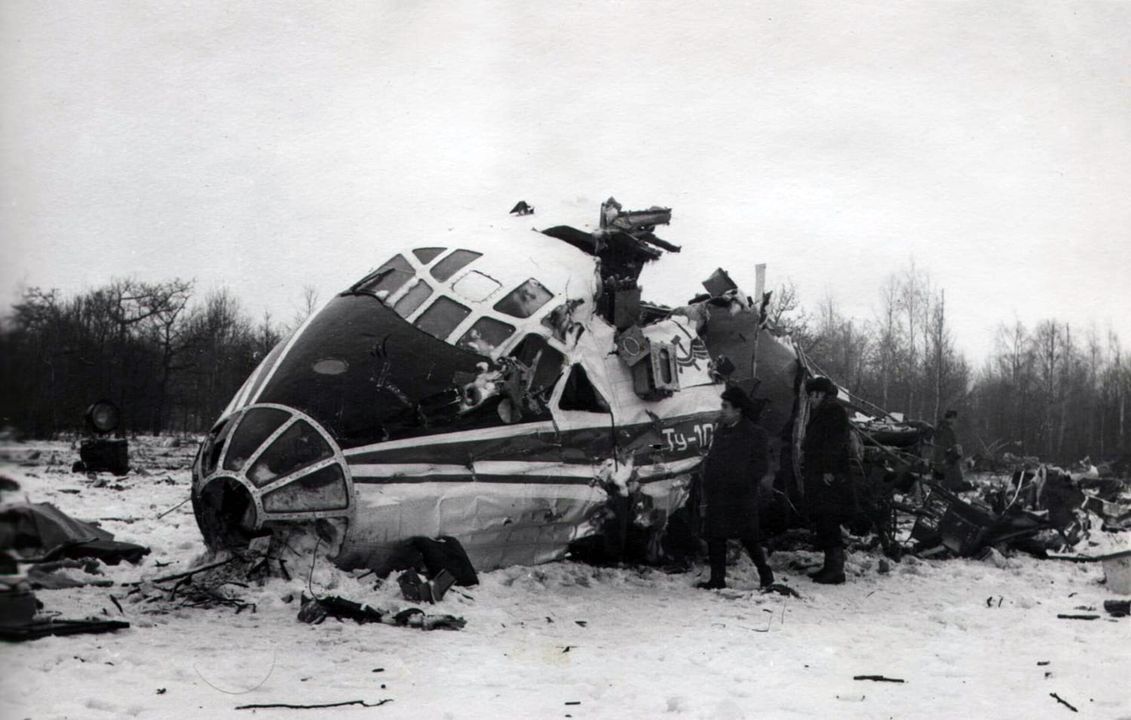The Plane Crash that Crippled the Soviet Pacific Fleet

On the 7th of February 1981, a Soviet Navy Tupolev Tu-104 was preparing to take off from Pushkin Airport, Leningrad (Saint Petersburg), for its long flight to Vladivostok. On board were 44 passengers and six crew, among which were 28 high-ranking officers of the Soviet Military. This included Admiral Emil Spiridonov, commander of the Soviet Pacific Fleet.
Days earlier, Spiridonov and his staff had taken part in an annual general meeting with other high-ranking military officers. But now they were returning to Vladivostok with their families, who had joined them on their visit to Leningrad. Things were normal that morning, as the aircraft was being loaded up and prepared for the flight. But that would soon change. As the aircraft powered down the runway, eyewitnesses said that the nose of the aircraft pitched up at a higher angle than usual before the Tu-104 got airborne. Moments later, the passenger jet seemingly stalled out and fell back to Earth. The resulting crash killed all 50 people on board and in an instant, the Soviet Pacific Fleet had lost most of its commanding officers. It had been crippled.

Speculations and Investigation
Obviously, such a crash was not just an “accident” and it did not take long for people to think that the crash was by design. But after a lengthy investigation, it was proven that the real cause was much worse. You see, things were not going well in the USSR at this point and there were a lot of “shortages” throughout the country, including Vladivostok.
As it turned out, many of the returning officers had used their time in Leningrad to acquire certain things they could not get back at home. This also included two large rolls of printing paper for the local base newspaper. It was also reported that the ground crew at the airport had been forced to rush loading up the aircraft before its final flight as the high-ranking officials were in a hurry to get home. As a result, the added weight was not evenly distributed, which resulted in the aircraft “taking off” long before it got up to speed and stalling out just moments later and crashing.
Unavoidable Outcome
In the end, the aircraft was overloaded and the cargo not properly packed, thus resulting in the aircraft pitching upwards on its own, well below take-off speed, and stalling out once in the air. There really was nothing the pilots could have done to avert the crash.
~NC









